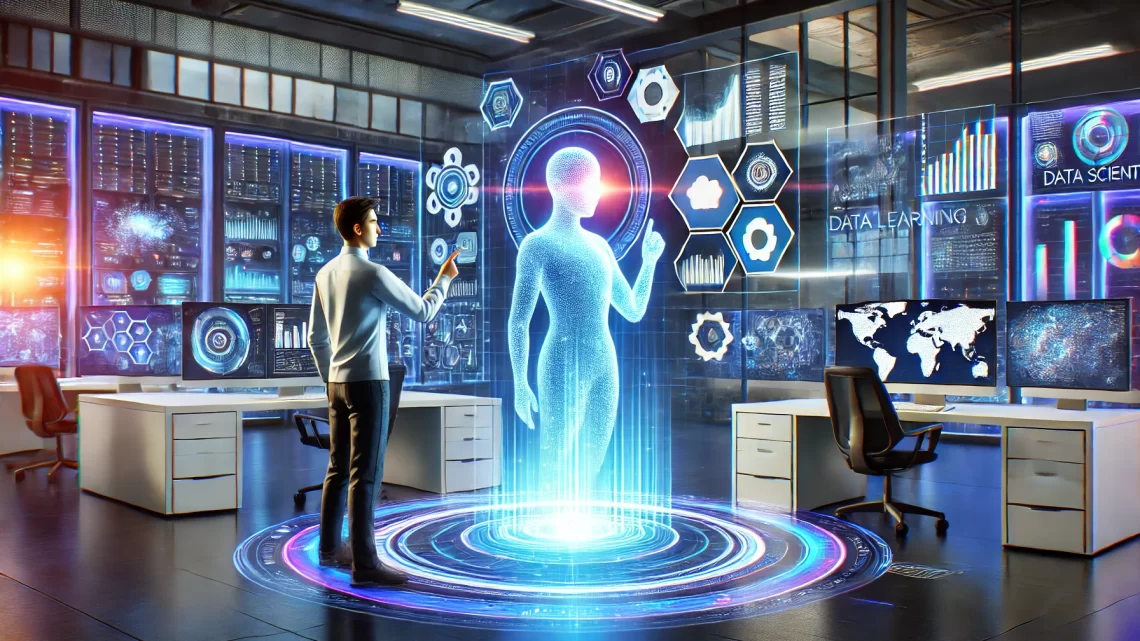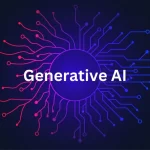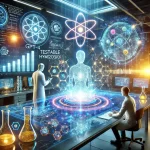
The Future of Multimodal AI and Quantum AI in Healthcare: A 20-Year Vision
January 24, 2025The convergence of artificial intelligence (AI) and healthcare is poised to revolutionize medicine as we know it. Over the next two decades, two transformative technologies—Multimodal AI and Quantum AI—will redefine how we understand, diagnose, and treat diseases. By integrating diverse data types and leveraging quantum computational power, these advancements will unlock unprecedented insights into patient health, paving the way for a future where medicine is predictive, preventive, personalized, and participatory. This article explores the trajectory of these technologies and their implications for future generations.
Multimodal AI: A Holistic View of Patient Health
Multimodal AI refers to systems capable of processing and integrating multiple types of data—genomic sequences, clinical records, imaging, wearable device outputs, and even environmental factors—to provide a comprehensive understanding of patient health. Over the next 20 years, this technology will evolve in remarkable ways:
- Seamless Data Integration
By 2044, multimodal AI systems will seamlessly integrate data from diverse sources, creating a unified “health fingerprint” for every individual. For example, a patient’s genomic data will be combined with real-time biometrics from wearables, historical clinical records, and advanced imaging (e.g., MRI, CT scans) to generate a holistic health profile. This will enable early detection of diseases, even before symptoms manifest. - Predictive and Preventive Medicine
Multimodal AI will shift healthcare from reactive to proactive. By analyzing patterns across vast datasets, AI will predict disease risks with high accuracy. For instance, it could identify a predisposition to cancer based on genetic markers, lifestyle factors, and environmental exposures, allowing for early interventions such as personalized screening schedules or lifestyle modifications. - Personalized Treatment Plans
Treatment will no longer follow a one-size-fits-all approach. Multimodal AI will tailor therapies to individual patients by considering their unique genetic makeup, medical history, and even microbiome composition. For example, cancer patients will receive therapies optimized for their specific tumor mutations, minimizing side effects and maximizing efficacy. - Real-Time Health Monitoring
Wearable devices and implantable sensors will continuously feed data into multimodal AI systems, enabling real-time health monitoring. AI will detect anomalies—such as irregular heart rhythms or early signs of sepsis—and alert healthcare providers or even autonomously adjust treatments. - Empowering Patients
Future generations will have access to AI-powered health assistants that provide actionable insights in everyday language. These tools will empower individuals to take charge of their health, offering personalized recommendations for diet, exercise, and stress management.
Quantum AI: Solving the Unsolvable
Quantum AI leverages the principles of quantum mechanics to perform computations that are infeasible for classical computers. In healthcare, this technology will address some of the most complex biological challenges:
- Quantum Simulations of Molecular Interactions
By 2044, quantum AI will enable real-time simulations of molecular interactions at an unprecedented scale. This will accelerate drug discovery by predicting how potential compounds interact with target proteins, reducing the time and cost of bringing new drugs to market. For example, quantum simulations could identify treatments for diseases like Alzheimer’s by modeling the behavior of amyloid plaques in the brain. - Decoding the Human Genome
Quantum AI will revolutionize genomics by rapidly analyzing vast genomic datasets. It will identify subtle genetic variations linked to diseases, enabling breakthroughs in precision medicine. For instance, quantum-powered AI could uncover the genetic underpinnings of rare diseases, leading to targeted therapies. - Optimizing Treatment Protocols
Quantum AI will optimize complex treatment protocols by evaluating countless variables simultaneously. For example, it could design personalized chemotherapy regimens that maximize tumor targeting while minimizing harm to healthy tissues. - AI-Driven Protein Folding
Quantum AI will solve the protein-folding problem, predicting the 3D structures of proteins with high accuracy. This will unlock new possibilities in drug design, enzyme engineering, and understanding disease mechanisms.
The Synergy of Multimodal and Quantum AI
The true power of these technologies lies in their synergy. Multimodal AI will provide the data, while quantum AI will deliver the computational muscle to analyze it. Together, they will enable:
- Comprehensive Disease Models
By integrating genomic, clinical, and environmental data with quantum simulations, researchers will develop comprehensive models of diseases. These models will reveal new pathways for intervention and prevention. - AI-Driven Clinical Trials
Clinical trials will become faster and more efficient as AI identifies the most promising candidates and predicts outcomes with high accuracy. This will democratize access to cutting-edge treatments. - Global Health Equity
Multimodal and quantum AI will democratize access to advanced healthcare. Remote and underserved populations will benefit from AI-powered diagnostics and telemedicine, bridging the gap between urban and rural healthcare.
A Vision for 2044
In 20 years, a child born today might live in a world where:
- Diseases are predicted and prevented before they occur.
- Personalized treatments are designed in real-time using quantum simulations.
- Wearable devices and AI health assistants keep individuals in optimal health.
- Rare diseases are eradicated through breakthroughs in genomics and drug discovery.
Yet, this future is not without challenges. Ensuring data privacy, addressing ethical concerns, and bridging the digital divide will be critical to realizing the full potential of these technologies.
Conclusion
The next two decades will witness a paradigm shift in healthcare, driven by the convergence of multimodal and quantum AI. These technologies will empower individuals, transform medical research, and redefine the boundaries of human health. For future generations, the promise is not just longer lives, but healthier, more fulfilling ones. As we stand on the brink of this new era, the question is not whether these advancements will happen, but how we will harness them to create a healthier, more equitable world.

















